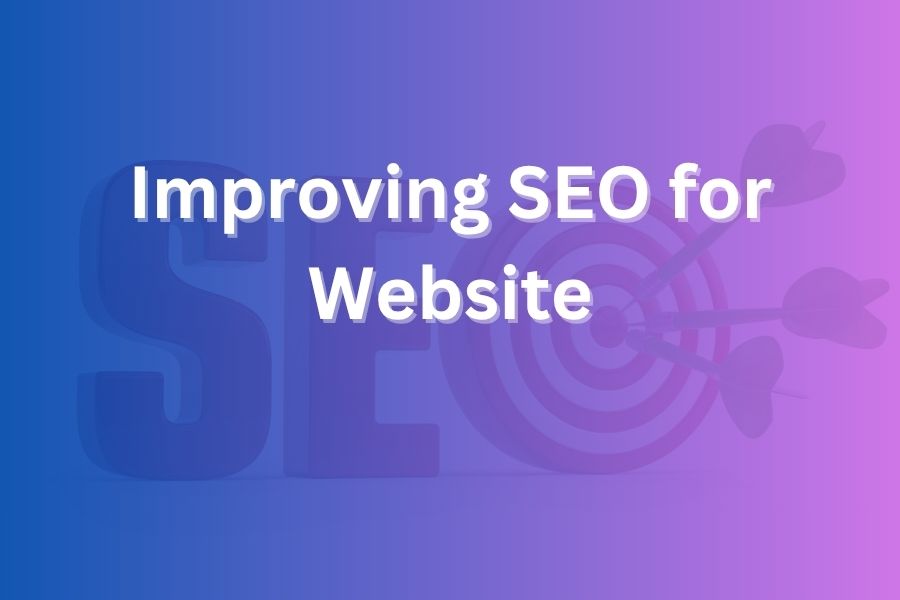
Migrating your website may feel like a major leap, but if done right it can set your site up for long-term success. However, neglect the SEO side of a migration and you risk losing traffic, rankings or revenue.
In this article I’ll guide you through what “website migration SEO impact” really looks like, the risks, the opportunities and how you can navigate the process smoothly so you don’t suffer short or long-term damage to your search performance.
What Does Website Migration Mean for SEO?
A website migration broadly refers to any significant change in your site’s structure, domain, hosting, content management system (CMS) or URL paths.
When you alter something large-scale — such as moving from HTTP to HTTPS, changing your root domain, migrating from one CMS to another, or fundamentally restructuring your site’s architecture — you’re triggering a migration event that can affect how search engines like Google crawl, index and rank your content.
From an SEO perspective a migration means the link equity you’ve built, the crawl paths search engines use, your internal link structure and page history may all change. If you fail to account for those changes the impact can be serious.
Why Migration Often Impacts SEO Negatively (At Least Temporarily)
When you migrate a site there are several natural causes for SEO disruption:
- You change URLs so search engines must re-discover and re-index pages.
• You inevitably risk broken links or mis-redirects, which causes crawl errors.
• Link equity (ranking signals from inbound links) may not pass fully if redirects aren’t done correctly.
• Search engine signals tied to the old structure may be lost or weakened, impacting rankings.
• A redesign or new CMS may inadvertently remove or change SEO-elements such as meta tags, heading structure or internal linking.
In many cases you’ll see a drop in organic traffic right after launch. For example one source reports typical drops between 10%-30% during the first month of migration when the right safeguards are in place.
Assessing the Risk Factors Before You Migrate
To prepare you must understand which migration types carry higher risk:
- Domain changes: Moving from olddomain.com to newdomain.com generally poses high risk because all domain-level authority resets.
- URL structure changes: Changing path, subdomain → subfolder, or protocol (HTTP → HTTPS) can derail indexing if not handled.
- CMS or platform migration: Even if URLs remain the same if site speed, markup or architecture changes, you may incur ranking hits.
- Content removal or consolidation: If you delete pages or merge content without redirecting properly you may lose keyword visibility.
- Navigation or internal link changes: Changing how your site links internally can affect how search engines see and crawl your pages.
Recognizing these risks ahead of time helps you budget for remediation and make a migration plan that safeguards SEO.
Positive SEO Outcomes That Migration Can Deliver
Migration isn’t only a risk: steady wins you a chance to improve your SEO. Here’s how:
- You can improve site architecture, making it easier for search engines and users to find content.
• You can boost page load speed, core web vitals and mobile-experience — all of which are ranking factors.
• You can update content and refresh meta structure, improving relevance and keyword alignment.
• You can remove outdated or thin content, improving overall site quality and helping your stronger content shine.
• You can consolidate duplicate content and redirect redundant pages, reducing index bloat and helping SEO focus.
When executed with discipline you may end up with better rankings and traffic than you had before.
Key Steps to Mitigate SEO Damage During Migration
You must treat migration as a full project, not a quick change. Here’s a reliable breakdown of what to do:
Planning Phase
• Inventory current site: map all URLs, assess backlink profile, organic traffic stats and rankings.
• Set benchmarks: record traffic, number of indexed pages, crawl errors and other KPIs.
• Involve stakeholders: SEO, developers, content, analytics — everyone must have a role.
• Determine scope: Are you changing domain, CMS, URL structure, content? Each needs mapping.
Pre-Migration / Development Phase
• Create redirect map: one-to-one mapping of every old URL to its new counterpart using 301 redirects only.
• Test staging site: replicate production environment and ensure no crawl issues or meta/markup losses.
• Keep old sites live until migration completes to avoid loss of link equity during transition.
• Audit and retain on-page SEO elements: meta titles, descriptions, heading tags, alt text, structured data.
• Prepare analytics and tracking: ensure Google Analytics, Search Console, etc., are properly set up and will continue tracking.
Launch & Post-Migration Phase
• Update robots.txt and sitemap: submit new sitemap to Google Search Console and ensure crawl access.
• Monitor crawl errors: use tools to detect 404s, redirect chains, missing pages or orphan content.
• Monitor traffic and rankings: expect short-term fluctuations but watch for persistent drops beyond 4-12 weeks.
• Fix issues quickly: redirect loops, chained redirects, missing canonical tags, duplicate content.
• Gradual review and cleanup: retire old redirects only after new URLs have stable traffic and indexing.
What the Data Shows: Typical Impact of Migrations
Research and industry experience reveal patterns:
- An initial traffic drop of 10%-30% is common even with a good migration plan.
• Drops wider than 30% often indicate mis-redirects, blocked crawl or missing analytics/tracking.
• Recovery typically takes 1 to 3 months if everything goes smoothly.
• Long-term gains are possible: some sites end up with higher traffic than pre-migration if they improve fundamentals.
• The cost of fumbled migration is high: some businesses report 40%+ traffic loss and lost revenue when technical aspects are ignored.
Common Mistakes That Hurt SEO During Migration
Here are recurring SEO mistakes you should avoid:
- Redirecting all old URLs to the homepage: destroys relevance and loses keyword-specific link equity.
• Using 302 (temporary) redirects instead of 301: temporary redirects don’t properly pass link equity.
• Redirect chains or loops: multiple hops slow crawl and degrade link value.
• Forgetting to update internal links or canonical tags: leaving legacy URLs visible causes duplication and confusion.
• Launching during peak traffic without planning: increases risk and damages user experience.
• Not testing the staging site or missing analytics tags: you lose baseline data and can’t measure impact.
• Ignoring mobile/UX or site speed: migration is a chance to fix these, but if you degrade them you lose search benefit.
How to Protect Your Rankings — A Practical Checklist
Here’s a condensed actionable checklist for you (you can adapt as your migration blueprint):
- Map every existing URL and page that brings traffic or has links.
• Set up one-to-one 301 redirects from old to new.
• Ensure sitemap and robots.txt reflect the new site and are submitted to Search Console.
• Monitor crawl errors and fix any new ones within days of launch.
• Confirm analytics and tracking continue across new URLs.
• Check core web vitals, site speed and mobile UX pre- and post-launch.
• Monitor ranking and traffic weekly for up to 3 months post-launch.
• Keep old URLs live with redirects for as long as possible (at least 6-12 months) before decommissioning.
• Update external links if possible (reach out to high-value referring domains).
• Audit internal linking and canonical tags to ensure they point to correct new URLs.
When Migration Makes Sense — Strategic Triggers
You shouldn’t undertake migration lightly. Here are some triggers that may justify the effort:
- Your brand is rebranding and you need a new domain to reflect that.
• You’re outgrowing your current CMS and need a more robust platform to scale.
• Your URL structure is inefficient, complex and harms crawl and ranking performance.
• Site speed, mobile performance or technical debt are major barriers to growth.
• You’re merging multiple websites and want to consolidate authority under one domain.
If any of these apply, then migration + SEO planning can be a smart long-term move.
Final Thoughts
Migrating a website and managing its SEO impact takes discipline, precision and coordination. Done incorrectly you risk substantial traffic and ranking loss. Done correctly you can preserve and even enhance your search visibility.
You’re better off treating migration like a project — one that spans planning, execution, testing and monitoring — rather than a quick switch. Watch benchmarks, manage redirects carefully, ensure tracking remains intact, audit for errors and give your site the best chance to re-establish itself quickly.
With proper management you’ll not only mitigate short-term damage but position your site for stronger performance in the long term. Pass this migration with flying colors and you’ll protect your SEO value, maintain your rankings and unlock opportunities for growth.





